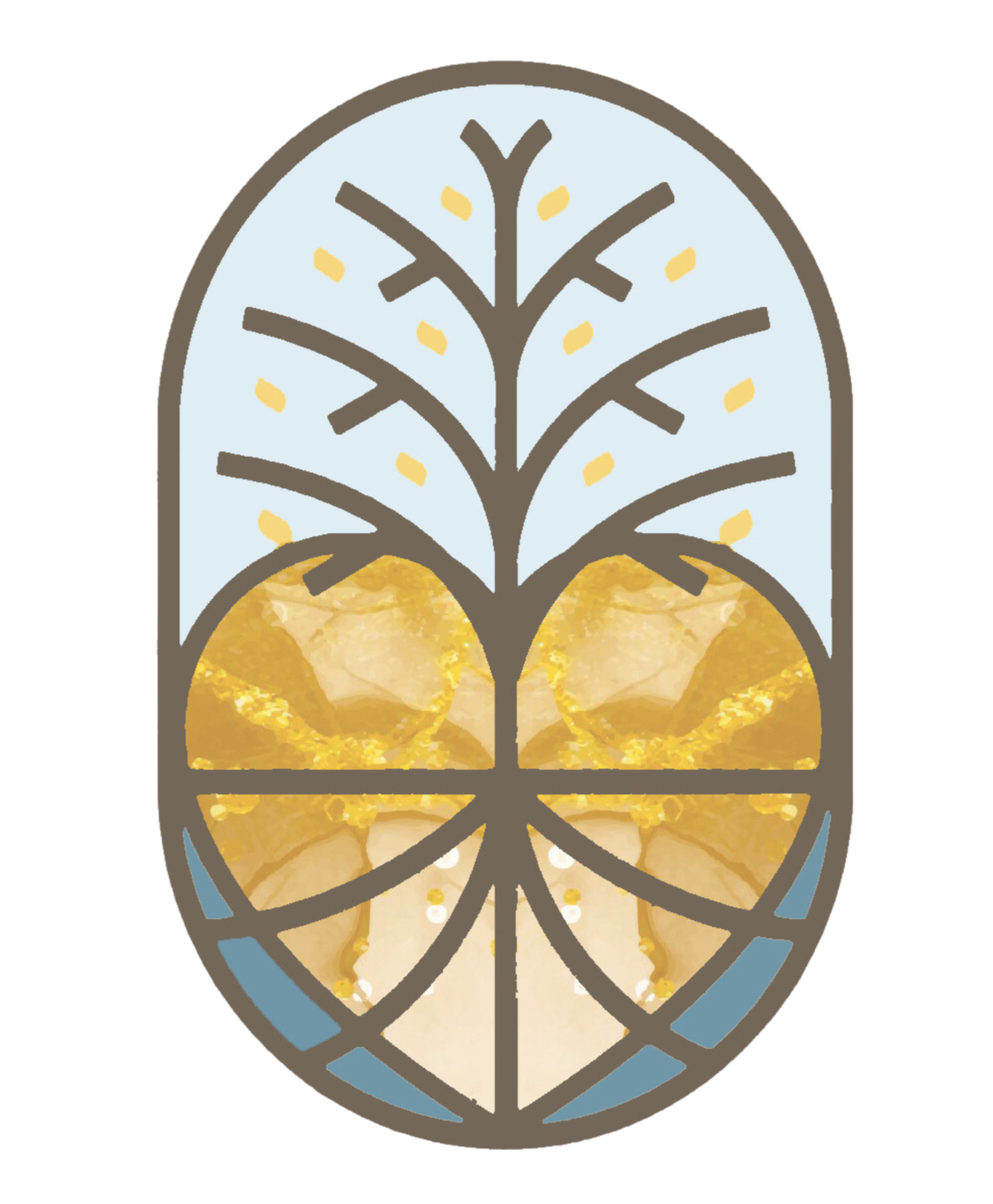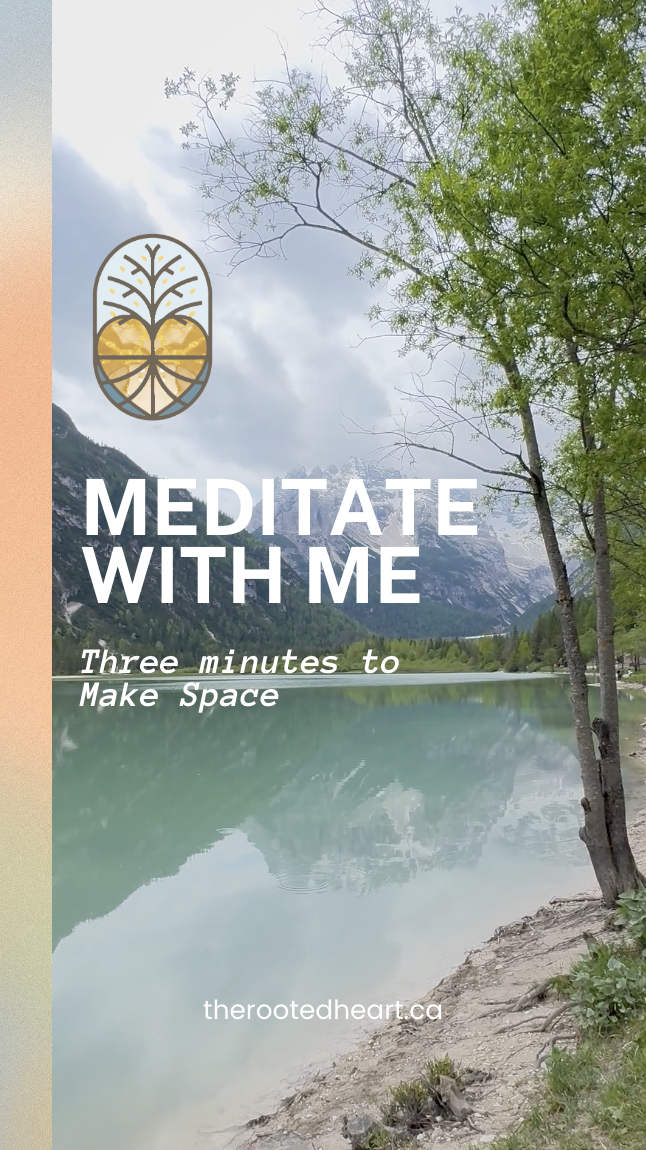The Difference Between Taking Time Off and Making Space
Many people mistake taking time off for making space.
It sounds similar, but it’s not the same.
Time off is often filled with activity — catching up on chores, scrolling through social media, visiting family, or even engaging in well-intentioned self-care that still carries a subtle sense of urgency. The nervous system never really settles. The body may rest, but the mind stays busy.
Making space, on the other hand, is an internal practice. It’s a choice to pause long enough for presence to return. It’s what allows the body to exhale — to remember safety not just in calm moments, but even when life feels chaotic or uncertain.
What Happens When We Don’t Make Space
When people don’t create space, they often find that “time off” still feels exhausting.
They come back from a weekend or vacation feeling just as drained as before.
This isn’t laziness or failure; it’s the nervous system at work. Without awareness, it’s easy to stay in a state of sympathetic activation — the drive to do, fix, or plan — or to drop into dorsal collapse, the sense of shutting down when things feel like too much.
The body’s signals are often subtle at first: irritability, tension, trouble focusing, or emotional numbness. When those cues go unnoticed, the system eventually insists on being heard — through fatigue, headaches, or a sense of disconnection that no amount of productivity can fix.
The Power of Polyvagal Awareness
Through the lens of Polyvagal Theory, we can begin to understand these shifts as natural and adaptive. The nervous system moves fluidly between states of safety (ventral vagal), mobilization (sympathetic), and shutdown (dorsal).
The goal isn’t to stay perfectly calm — it’s to notice where we are and learn what helps us return to a state of safety and connection.
For some, that might mean stepping outside and feeling the air on their skin.
For others, it could be picturing a calming image — the smell of a campfire, the sound of waves, the memory of someone kind.
What matters is recognizing that access to safety is always possible, not just when life feels easy.
Safe Enough...
The phrase safe enough carries power.
It reminds us that regulation doesn’t require perfection.
We don’t need to have every part of life in order before we can rest. We simply need enough safety — in our environment, in our relationships, in ourselves — to soften a little, breathe a little deeper, and remember that it’s okay to pause.
Safety is built through repetition: each time we choose gentleness over self-criticism, each time we notice tension and respond with care, each time we let ourselves feel without fixing.
This is how self-compassion becomes embodied — not as an idea, but as a nervous system experience.
Making space is not a luxury; it’s a necessity.
It’s the ground that allows our nervous system to reorganize, our emotions to process, and our relationships to feel authentic again.
Here are a few gentle ways people can begin:
Pause before reacting. Take one slow breath and feel the feet on the ground.
Engage a sensory anchor. Notice the scent of coffee, the sound of birds, the weight of a blanket.
Connect to nature. Even a few minutes outside can shift the body toward safety.
Name the state. Simply saying “I feel shut down” or “I feel activated” helps bring awareness and choice.
Over time, the body learns: I can always come back here.
If you need some time off today, I invite you to listen to these brief Guided Meditations.
“Making space isn’t about escape. It’s about returning — to presence, to safety, to the part of us that knows how to steady. Time off gives us distance from what drains us.
Making space brings us closer to what restores us…and that difference changes everything.”






